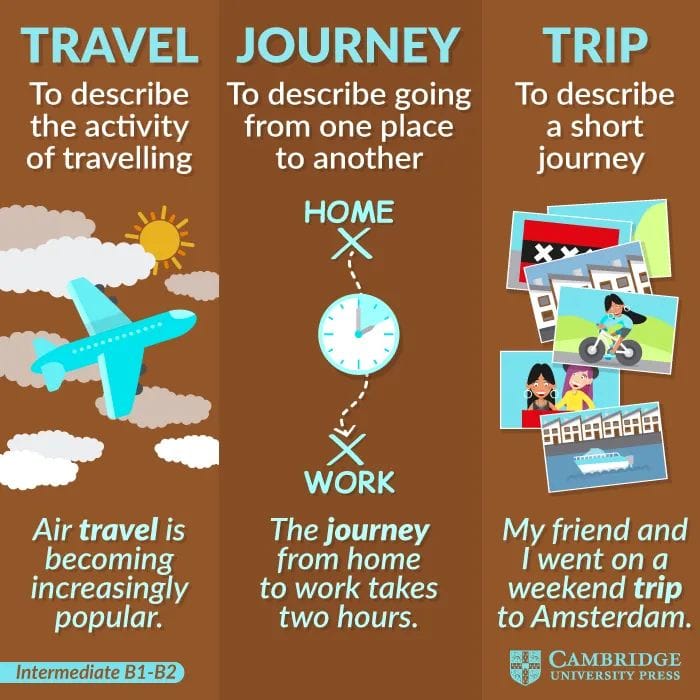Travel Vs Walk: A Comprehensive Guide To Experiencing The World
Share
When it comes to experiencing new places, two popular methods stand out: traveling and walking. Each offers unique benefits and experiences, catering to different preferences and lifestyles. This article will explore the nuances of both travel and walking, highlighting local attractions, cuisine, accommodations, and unique experiences that can be enjoyed through each method.
The Allure of Travel
Traveling often involves visiting distant locations, whether by plane, train, or car. It allows you to cover vast distances and experience diverse cultures, landscapes, and cuisines. Here are some key aspects of travel that make it appealing:
Local Attractions
Traveling opens the door to iconic landmarks and hidden gems. For instance, a trip to Paris might include a visit to the Eiffel Tower, while a journey to Kyoto could lead you to the stunning Kinkaku-ji (Golden Pavilion). Each destination has its own unique attractions that tell the story of its history and culture.
Cuisine
One of the most delightful aspects of travel is the opportunity to savor local cuisine. From street food stalls in Bangkok to fine dining in Rome, each region offers a culinary adventure. Don't miss the chance to try traditional dishes, such as paella in Spain or sushi in Japan, which reflect the local culture and ingredients.
Accommodations
Traveling often involves staying in various types of accommodations, from luxury hotels to cozy bed-and-breakfasts. Each option provides a different experience, allowing you to immerse yourself in the local atmosphere. For a unique stay, consider booking a traditional ryokan in Japan or a charming villa in Tuscany.
Unique Experiences
Traveling can also lead to unforgettable experiences, such as attending a local festival, taking a cooking class, or going on a guided tour. These activities allow you to connect with the local community and gain a deeper understanding of the culture.
For those looking to book their next adventure, check out Hotels & Flights for great deals on accommodations and travel options.

The Joy of Walking
Walking, on the other hand, offers a more intimate way to experience a destination. It allows you to slow down and appreciate the surroundings at a leisurely pace. Here are some benefits of walking as a means of experiencing a place:
Local Attractions
Walking gives you the chance to discover local attractions that may be overlooked when traveling by vehicle. Strolling through a city’s streets can lead you to charming parks, quaint shops, and historical sites that are often missed. For example, wandering through the narrow alleys of Venice can reveal hidden piazzas and local artisan shops.
Cuisine
When walking, you can easily stop at local eateries and food stalls, sampling street food or enjoying a meal at a small café. This approach allows you to taste authentic dishes and interact with locals, enhancing your culinary experience. Imagine savoring a fresh baguette in a Parisian park or enjoying gelato while walking along the canals of Amsterdam.
Accommodations
Walking-friendly destinations often have accommodations that cater to those who prefer to explore on foot. Boutique hotels and guesthouses located in city centers provide easy access to attractions, dining, and shopping. Staying in such places allows you to immerse yourself in the local culture without the need for transportation.
Unique Experiences
Walking can lead to unique experiences that are often missed when traveling by car or public transport. Consider joining a walking tour that focuses on a specific theme, such as street art, history, or food. These tours provide insights into the local culture and allow for meaningful interactions with residents.
For those interested in walking tours or transfers to explore a new city, check out Transfers for convenient options.

The Best of Both Worlds
While travel and walking each have their own merits, combining the two can create a richer experience. For instance, you might travel to a new city and then spend your days walking through its neighborhoods, discovering local attractions and cuisine at your own pace. This blend allows you to cover more ground while still enjoying the intimate details of a place.
Local Attractions
By traveling to a destination and then walking, you can visit both major attractions and lesser-known sites. For example, in New York City, you can take a bus to the Statue of Liberty and then walk through Central Park, experiencing the contrast between iconic landmarks and serene green spaces.
Cuisine
Traveling to a new city often means trying its famous dishes, but walking allows you to discover local favorites that may not be in the guidebooks. Ask locals for recommendations, and you might find a hidden gem that serves the best tacos or pastries in town.
Accommodations
Choosing accommodations that are centrally located can enhance your experience, allowing you to easily walk to various attractions and dining options. Look for hotels or hostels that offer walking tours or have partnerships with local guides.
Unique Experiences
Combining travel and walking can lead to unique experiences, such as participating in a local event or festival. For instance, if you’re in Barcelona during La Mercè, you can walk through the streets to witness the vibrant parades and performances.

Conclusion
Whether you prefer the thrill of traveling to new destinations or the simplicity of walking through familiar streets, both methods offer valuable experiences. By understanding the benefits of each, you can tailor your adventures to suit your preferences.
For those ready to embark on their next adventure, don’t forget to check out Hotels & Flights for great deals and Transfers for convenient transportation options. Happy travels!




